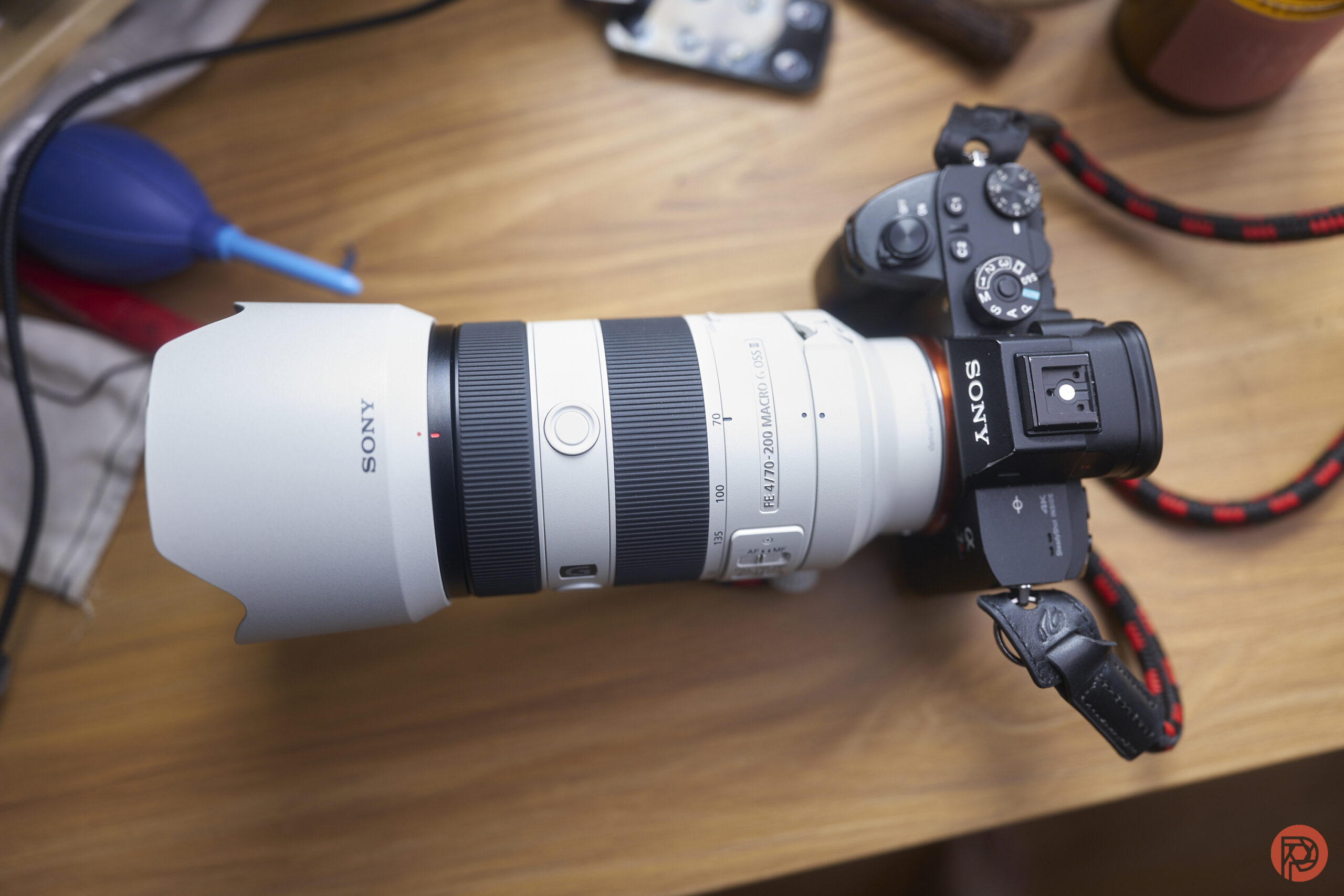Sony’s G Master lenses typically deliver things that you’ve come to expect from Sony. The same can be said for their cameras. However, their G series lenses are where things often get a bit more experimental and fascinating. In the case of the new Sony 70-200mm f4 II, this lens is incredibly compact and lightweight. What’s even more fascinating is just how closely it can focus on a subject. In fact, Sony put the word “macro” in the name of the product. And overall, this could be a lens that you might never want to take off of your camera.
The Big Picture
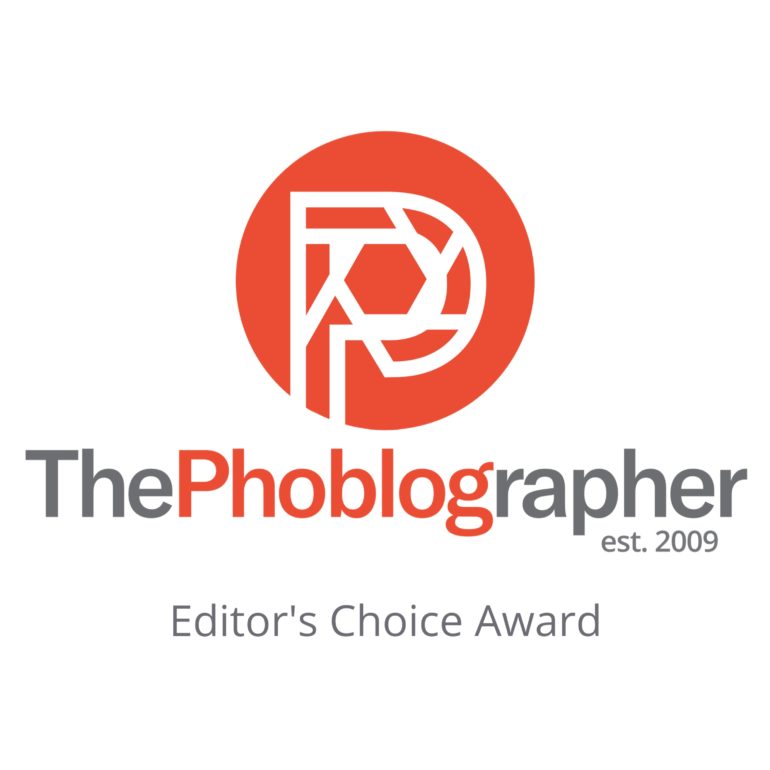
Of the two announcements being made today, the Sony 70-200mm f4 II is the one that I’m far more excited about. First off, it’s a very small lens. Couple this with the fact that it’s lightweight, and you’ll be very pleased about using it. I could easily walk around the streets of NY with this lens looking like a tourist, and my back wouldn’t hurt all that much. Perhaps the most deceiving thing about the new Sony 70-200mm f4 II is the fact that it’s also a semi-macro lens. Though at macro distances, the image stabilization isn’t all that effective. This lens also displays weather resistance and fast focusing.
Overall, Sony did a really solid job with this lens. And we’re awarding it our Editor’s Choice award.
Pros
- Small
- Lightweight
- Fast to focus
- The near macro level of focusing distance
- Weather resistance
- Good image quality
Cons
- $1,699.99 is more expensive than the competition from Canon and Panasonic. It’s also more than the Tamron 70-180mm f2.8.
Gear Used
We tested the Sony 70-200mm f4 G OSS II with the Sony a7 IV and the Sony a7r III.
Innovations
The Sony 70-200mm f4 G OSS II brings with it macro-level close focusing. Panasonic and Canon’s variants cannot do this. Sony has something truly unique and innovative here.
Ergonomics
The Sony 70-200mm f4 G OSS II is a pretty small lens. While I truly wish that it also zoomed internally, that’s not the case here. However, when you’re using it, you’ll be quite pleased with just how small it really is.
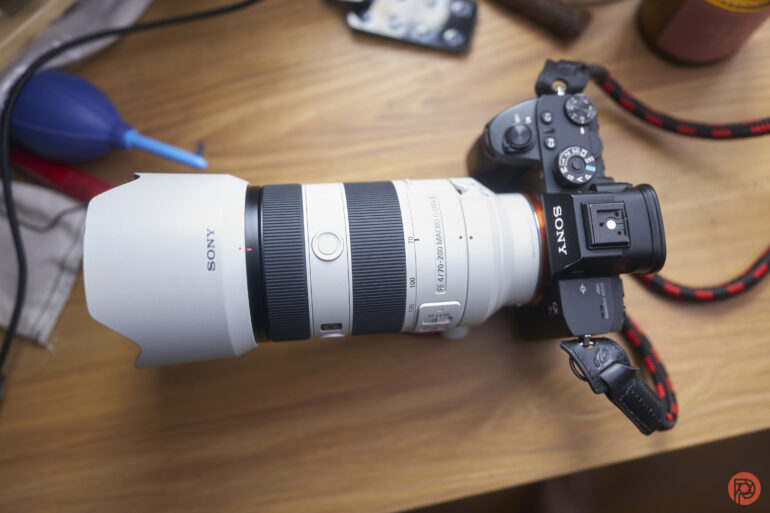
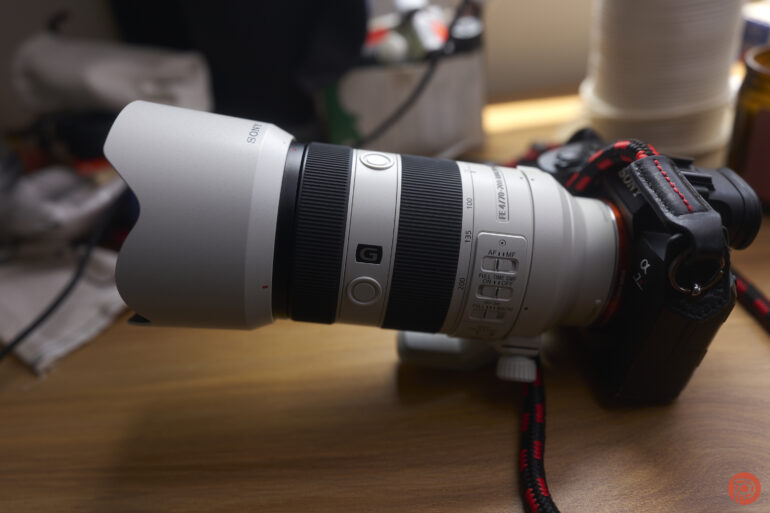
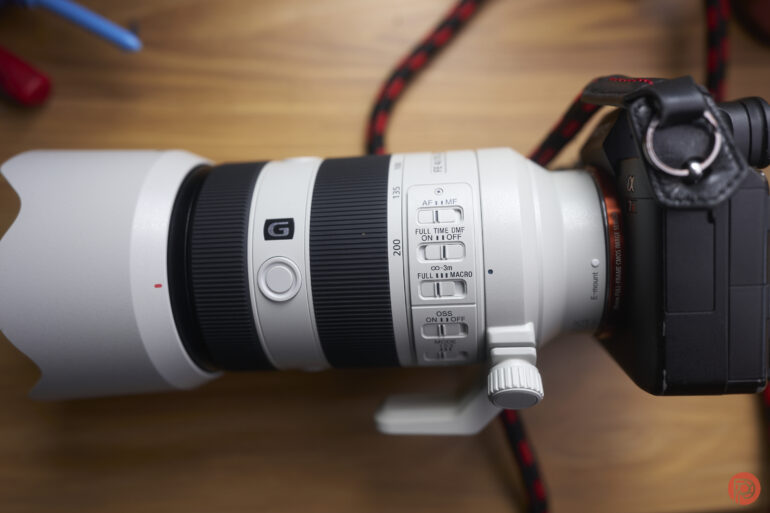
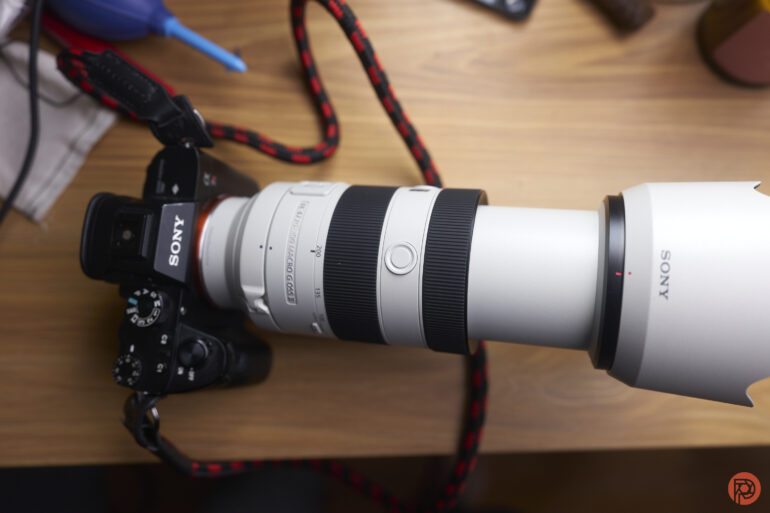
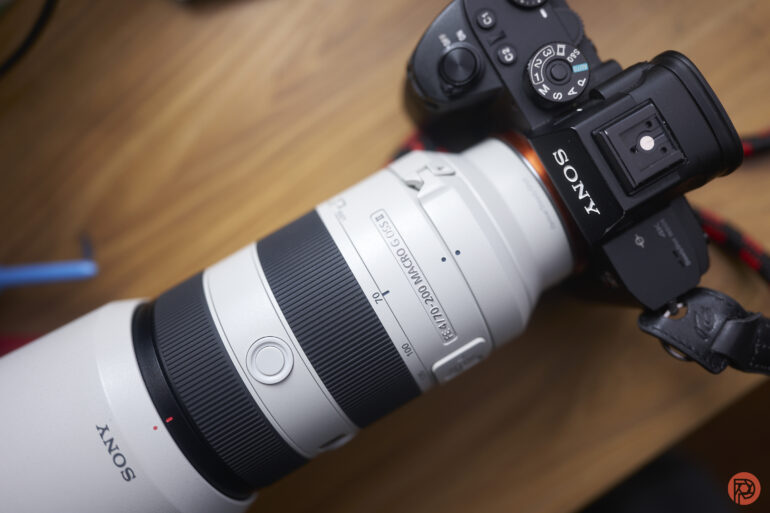
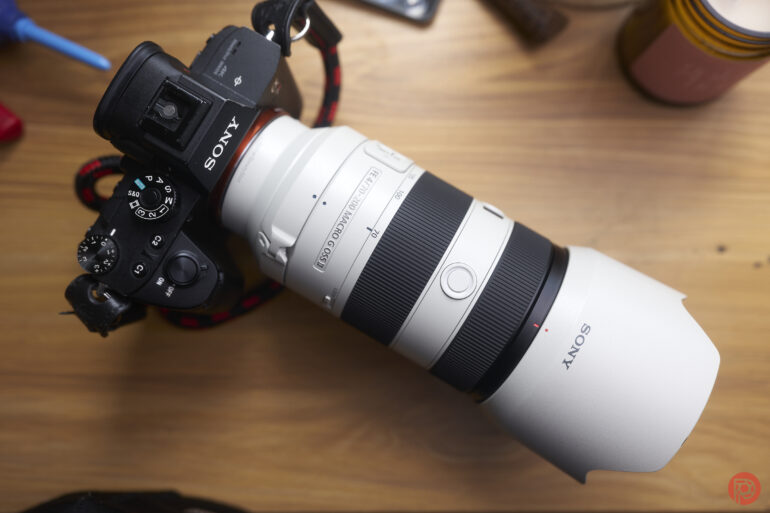
Sony took much after Canon when it came to white lenses like this. So naturally, they’ll stand out a lot in a photo pit. Holding the lens is a standard glass-holding experience. And using it is a straightforward affair due to the ergonomics. The zoom ring is positioned in a very comfortable place, which makes using it pretty effortless.
For the most part, I almost never needed to touch the switches on the side. What’s more, they’re conveniently enough out of the way.
Build Quality
During our tests, the Sony 70-200mm f4 II didn’t come out with us in the rain. In fact, NYC was under a lot of smoke from the Canadian forest fires when I had the lens. However, Sony states that it’s weather resistant. And considering their statements previously, we’re sure that it is. A rep likened it almost to Canon’s L-series of lenses — to which I felt gaslit. Indeed, Sony’s lenses have never had this level of durability and I don’t believe they will anytime soon.

Weather sealing aside, the Sony 70-200mm f4 II is a great lens to carry around with you all day because it’s so lightweight. It feels great in the hand — though I’d argue that it feels even better when you get rid of the tripod collar.
Ease of Use
There’s very little to worry about or fuss with concerning the Sony 70-200mm f4 II. While there are a bunch of switches on the side of the lens, they’re simple enough to ignore. It even has a nice lock that locks the lens when it’s fully collapsed. However, I wish that it did what Tamron does with locking the focal length at specific distances.
Focusing
Most of my testing with this lens was done with the Live View setting effect turned off. When I enabled it, I could surely tell the difference. When tracking my buddy’s dog running like a maniac at the dog park, I could see that it wouldn’t always keep perfectly up. But when this setting was disabled, the lens did a better job. As your subject gets closer to you, it’s going to have a tougher time keeping up. However, that’s how the laws of physics work.
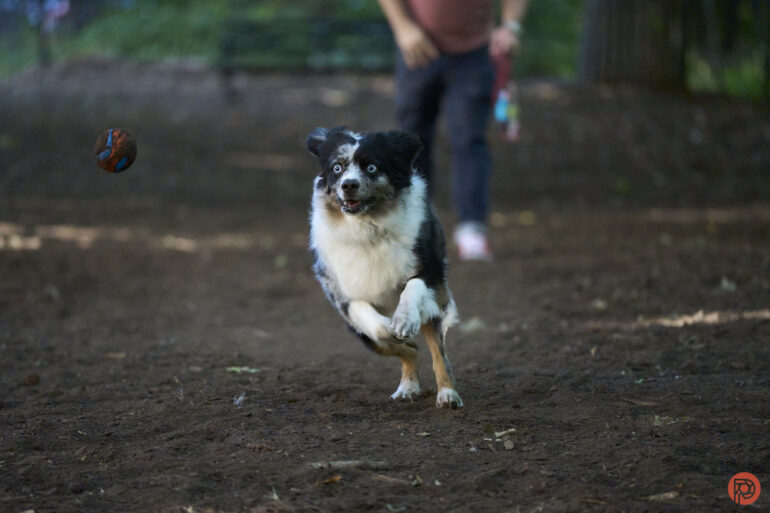
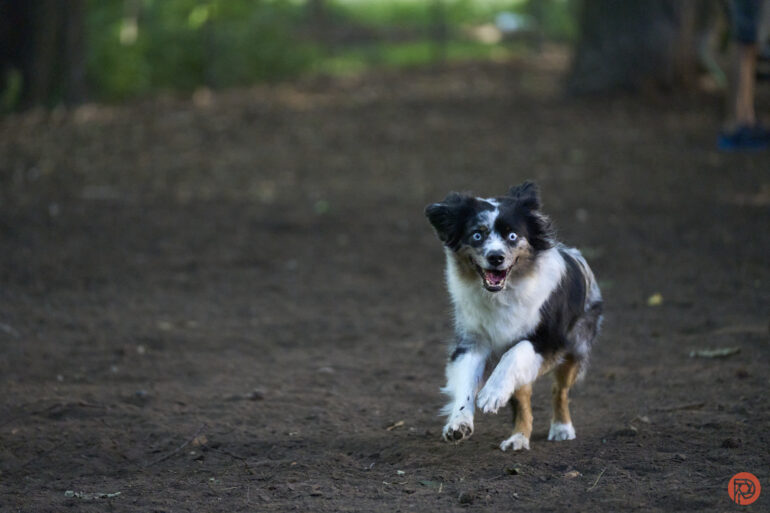
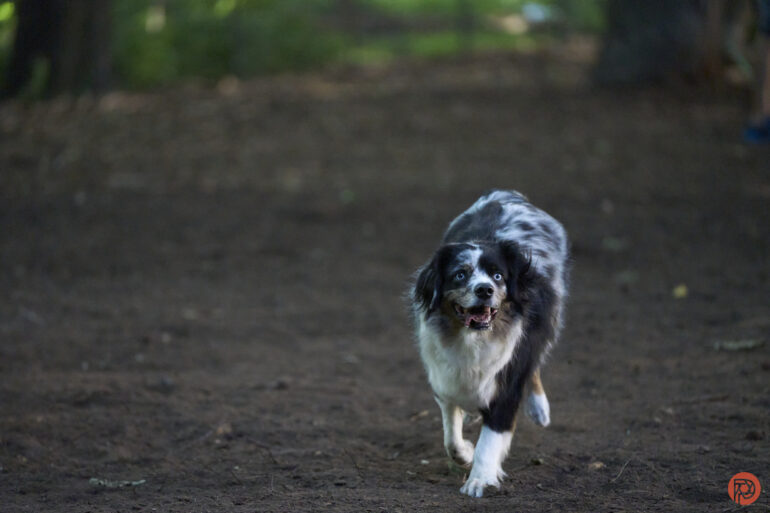
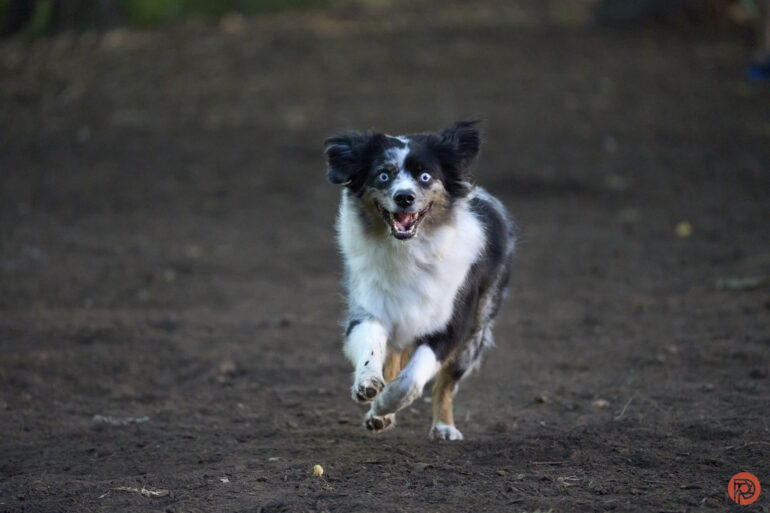
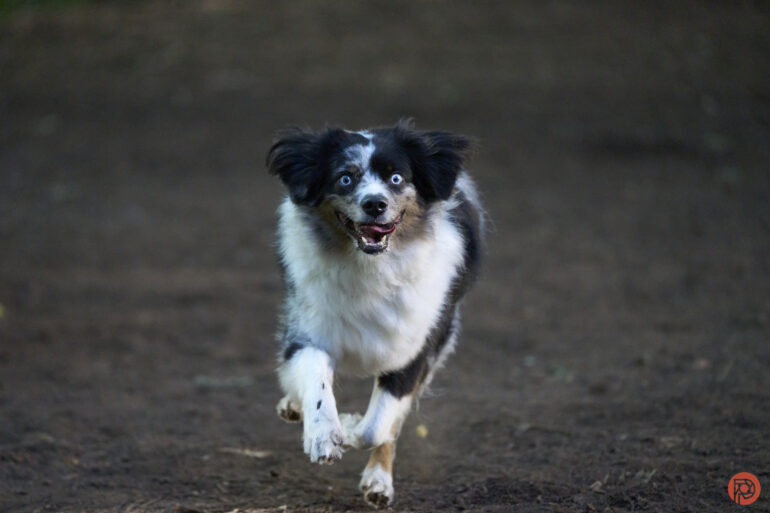

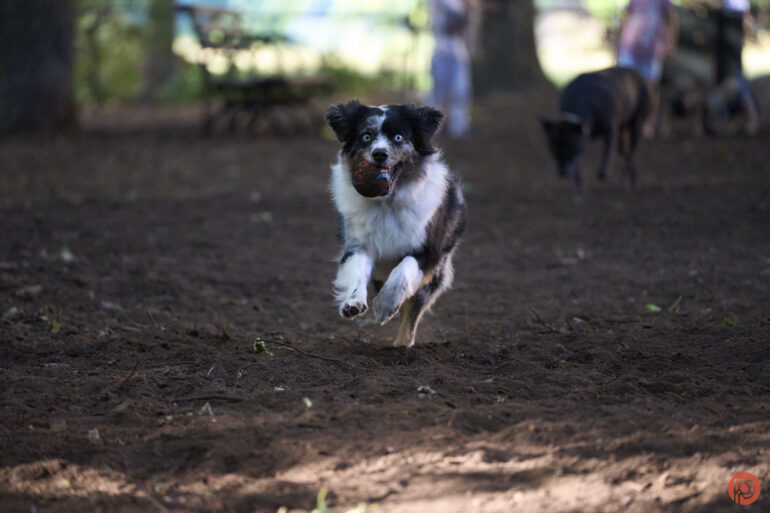
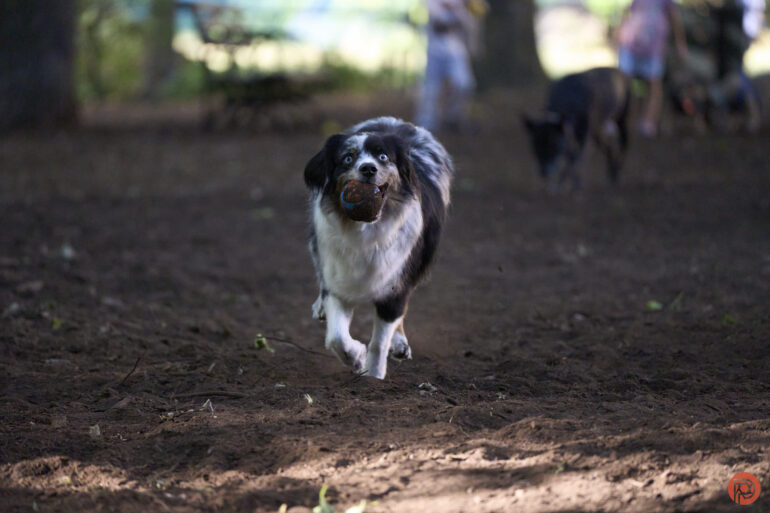

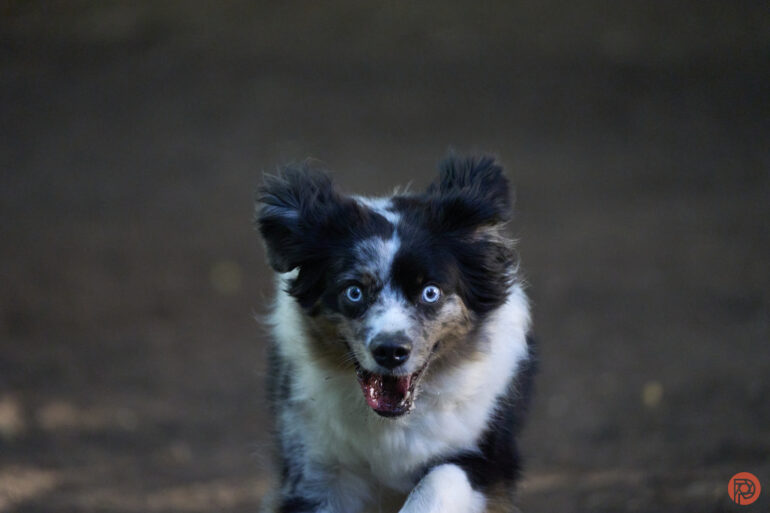
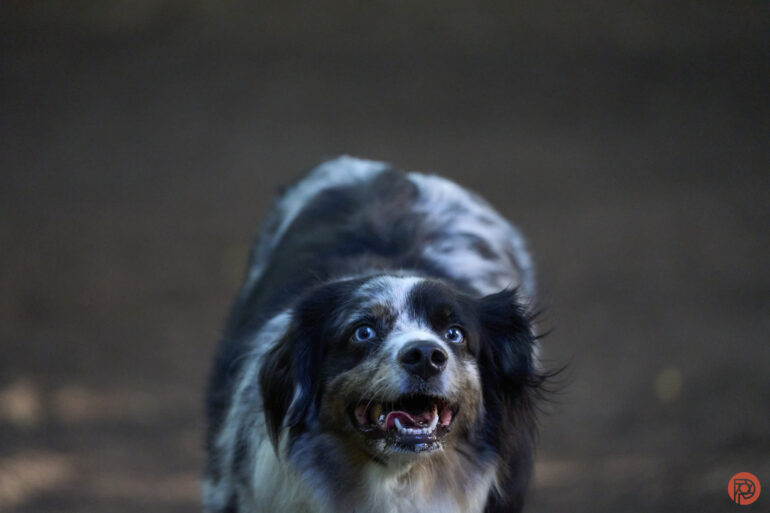

Image Quality
Perhaps one of my favorite things about this lens is the image quality. The images are vivid and bright — though they don’t feel very manufactured and sterile the way that so many Sony lenses are. That’s what I think is so magic about the G series — the brand tends to be more experimental with these.
Bokeh
Of course, the name of this lens has the word “Macro” in it. So obviously, the best bokeh you can get comes when you’re focusing very closely and shooting wide open. The bokeh looks like a smooth and blurry world — kind of like what the world looks like underwater without goggles on.
Color Rendition
The colors here are vibrant, punchy, and overall quite nice. I’ve surely seen much more saturated images from Sony lenses. However, these are overall very good, and I’d have no problems using this lens on the regular.
Lens Character
With this being a Sony lens, you can’t really expect any sort of lens character. So if you’re looking for distortion, flare, or something else, then you’re not going to find it here. I’d strongly instead recommend reaching for the Alpha-line of lenses and adapting them.
Sharpness
This lens doesn’t exhibit G-Master level of sharpness. But it surely can be pretty sharp. Overall though, believe it or not, I’m surprised at this lens. I found it to be quite soft. Perhaps that’s one of the reasons why I like it. Make no mistake, in the grand scheme of things, Sony barely needs to try when it comes to sharpness and modern optics. But when you compare this to Sony’s G Master lenses, there’s no comparison.
What I surely would mention, though, is that there is quite a bit of that 3D pop with this lens. And we think you’ll like that.
Extra Image Samples
From day one, The Phoblographer has been huge on transparency with our audience. Nothing from this review is sponsored. Further, lots of folks will post reviews and show lots of editing in the photos. The problem then becomes that anyone and everyone can do the same thing. They’re not showing what the lens can do. So we have a section in our Extra Image Samples area to show edited and unedited photos. From this, you can make a decision for yourself.
Unedited

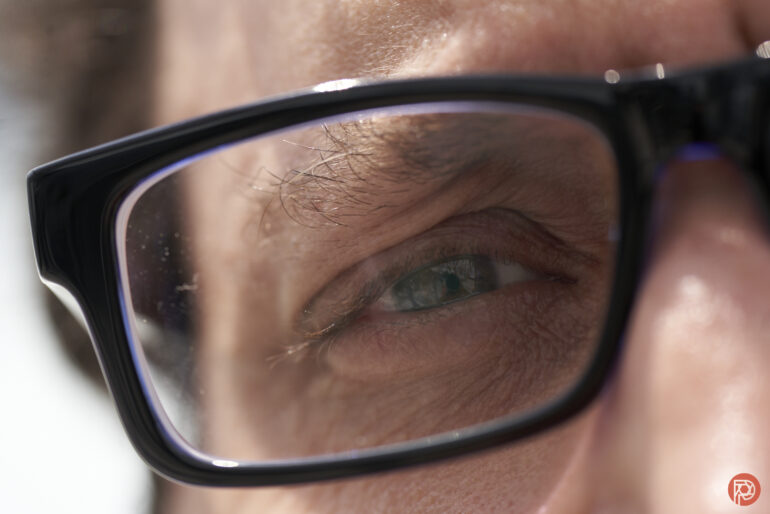

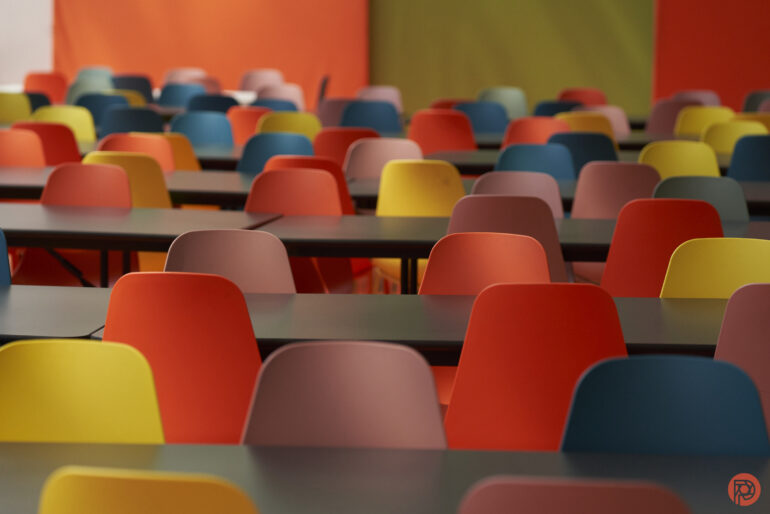
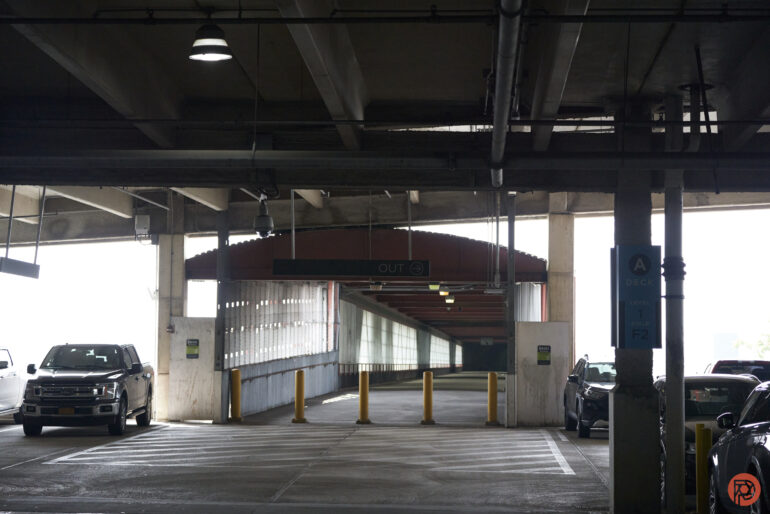
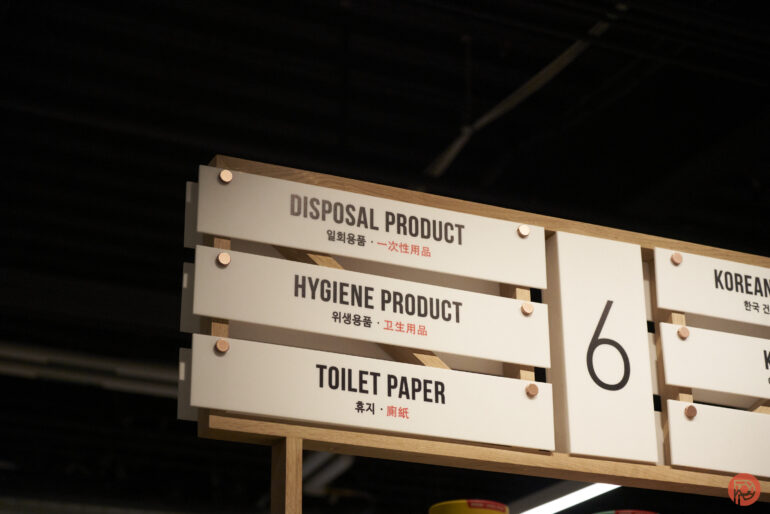

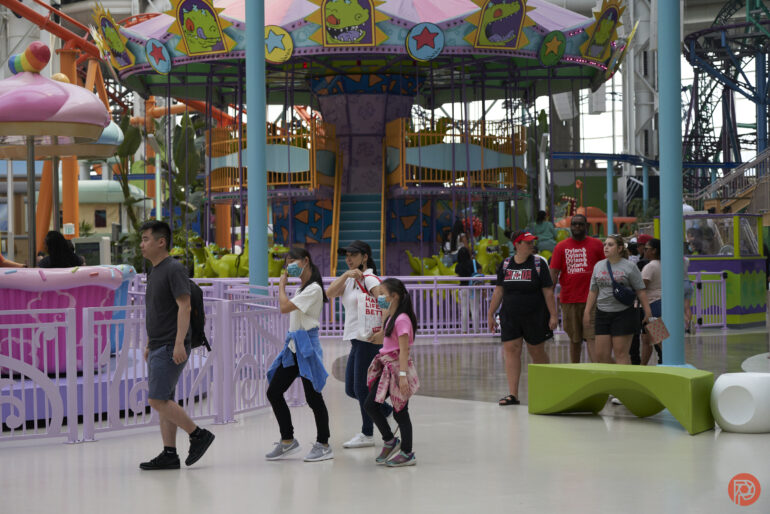
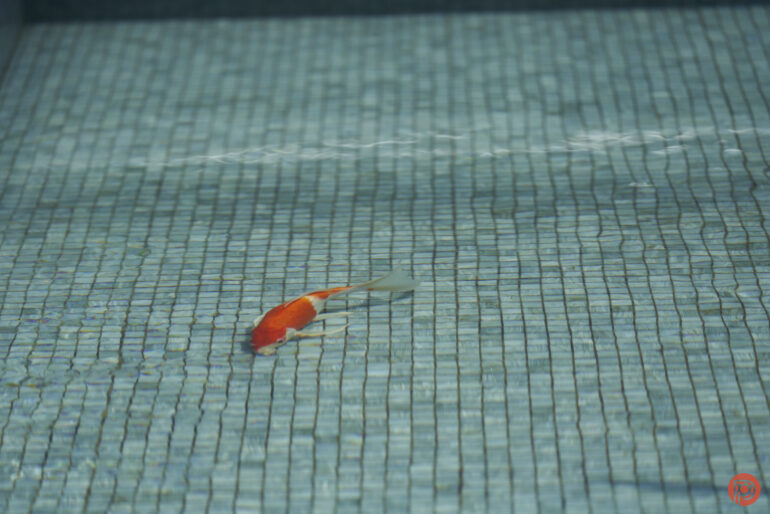


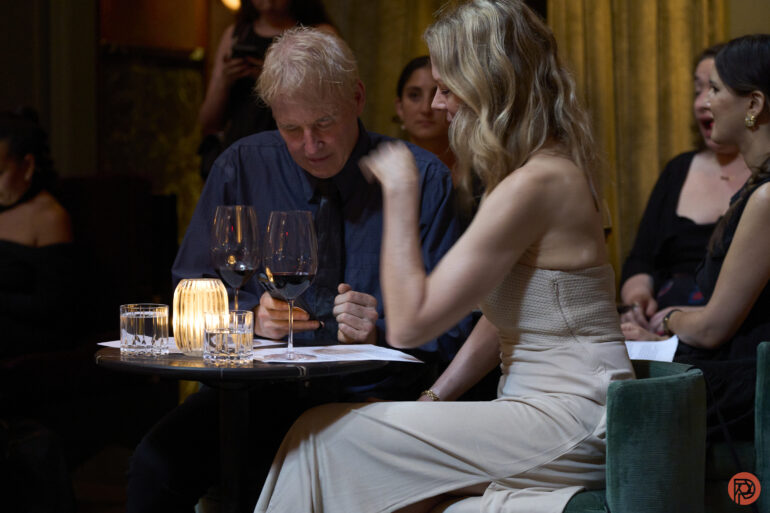
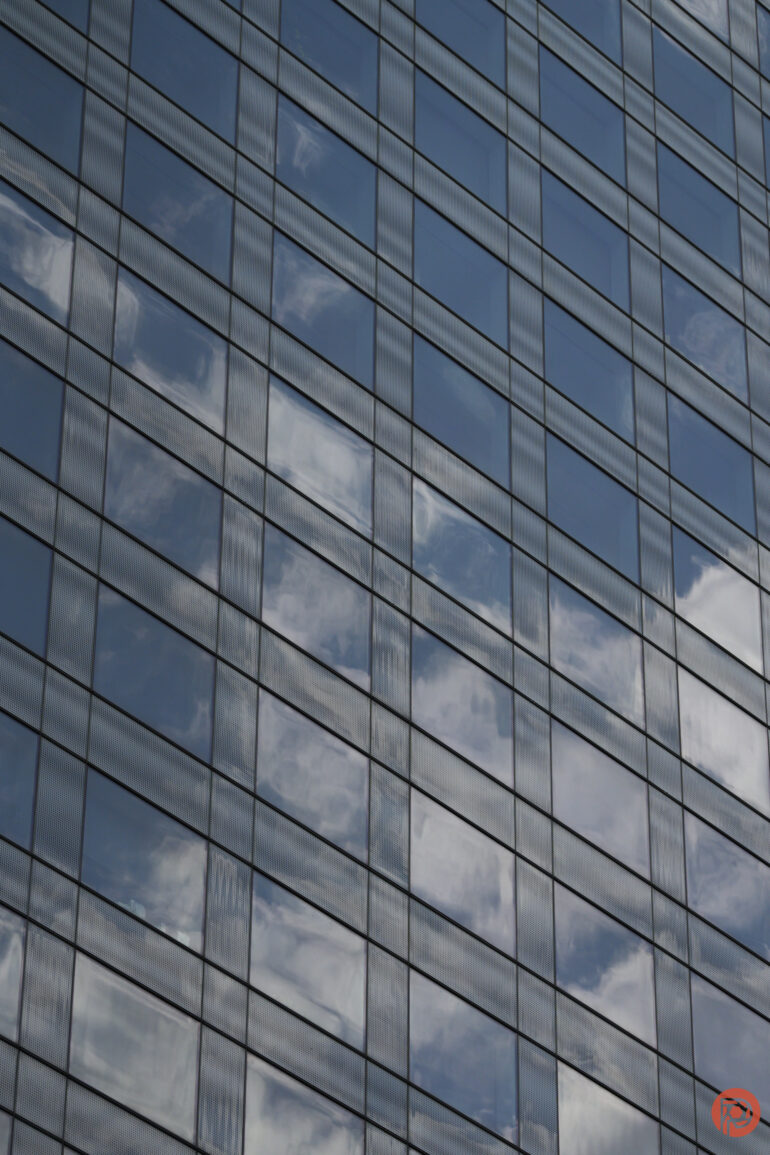
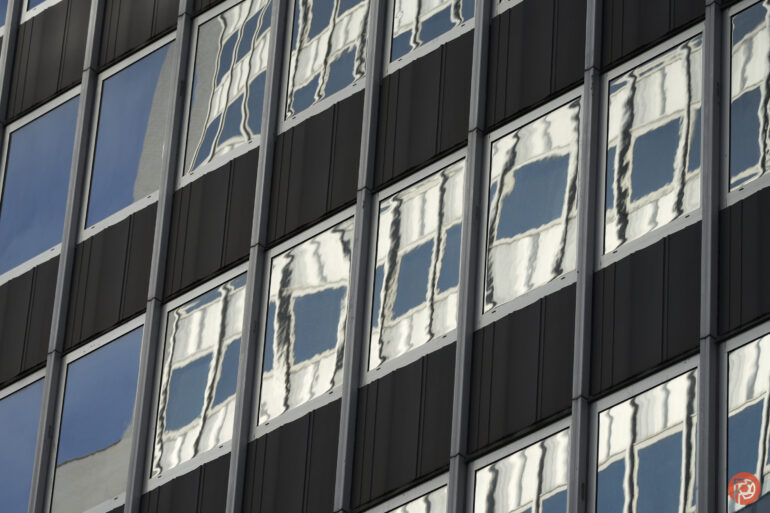
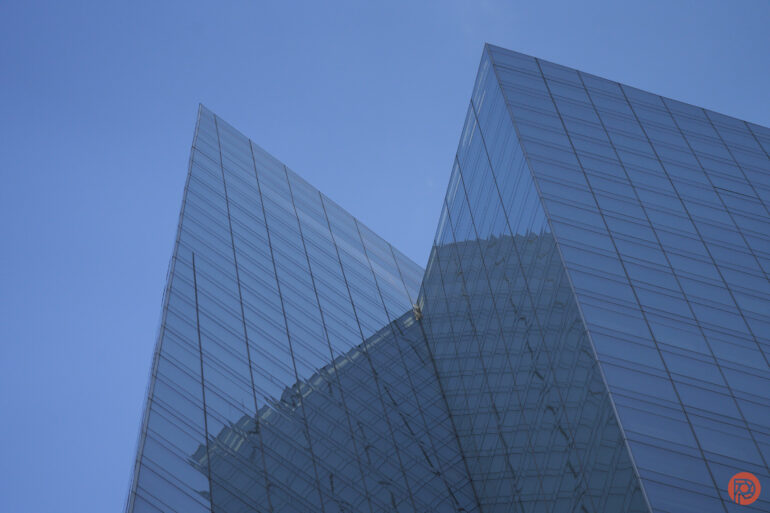
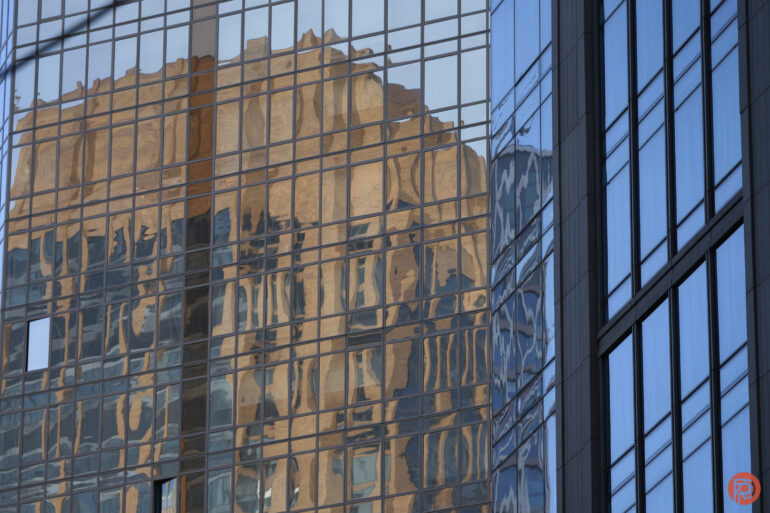
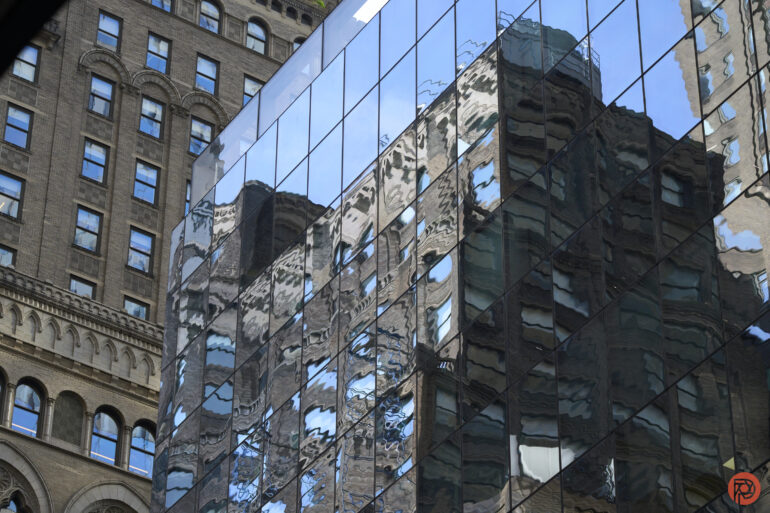
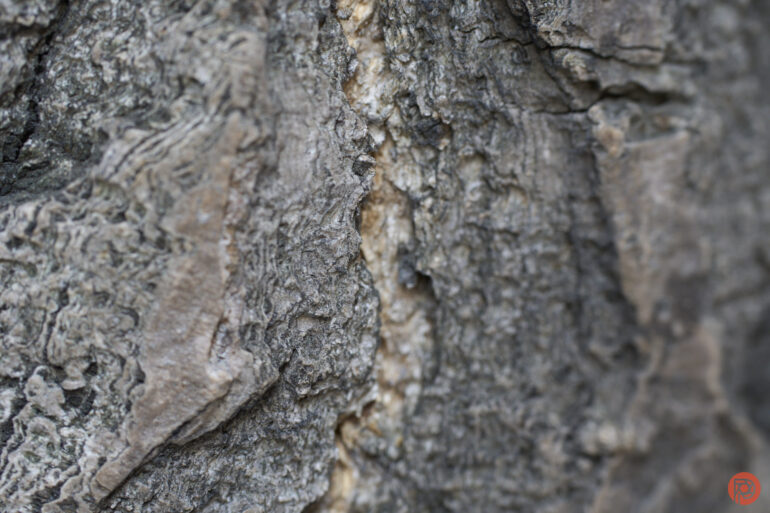
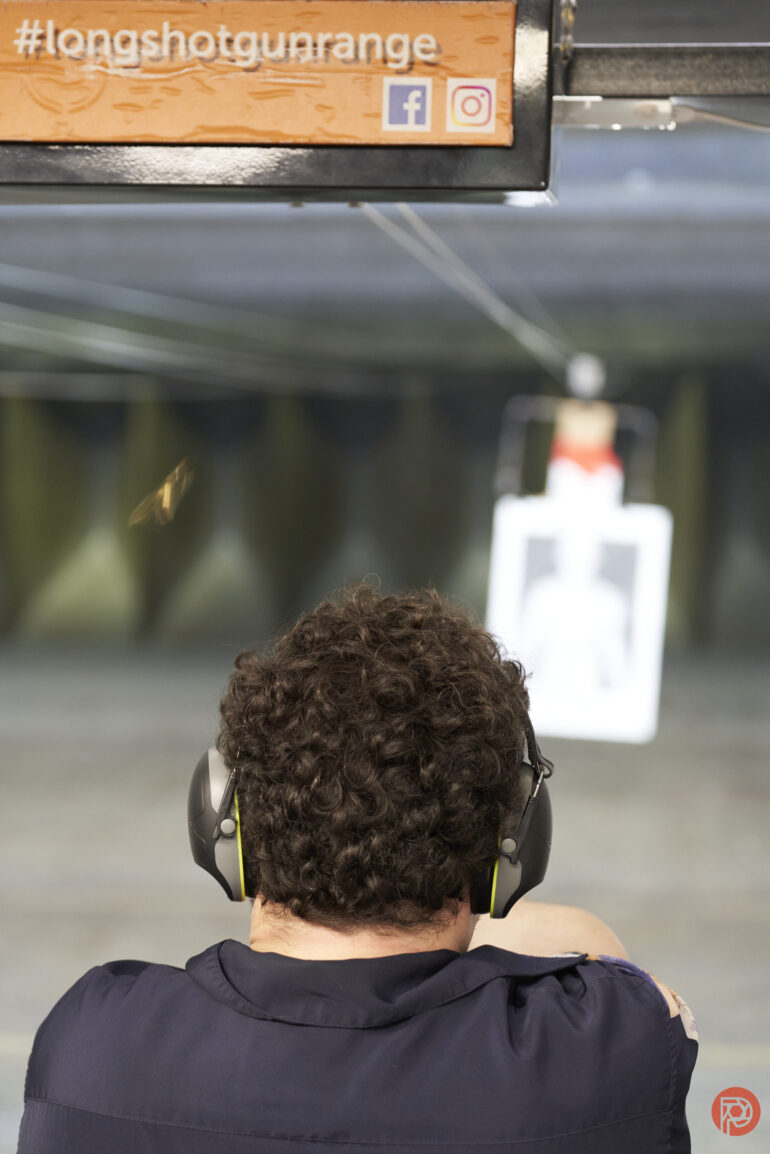


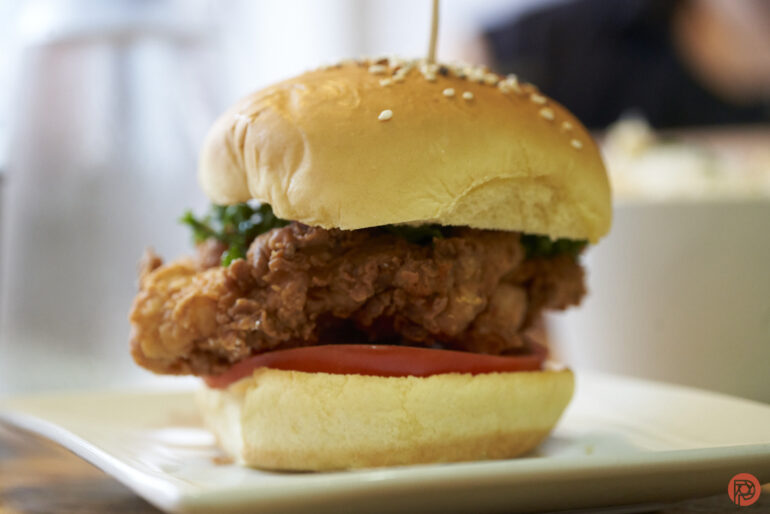
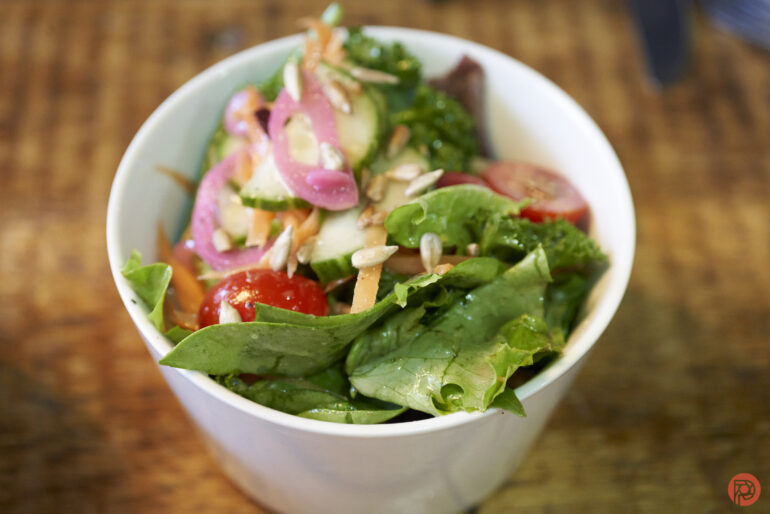

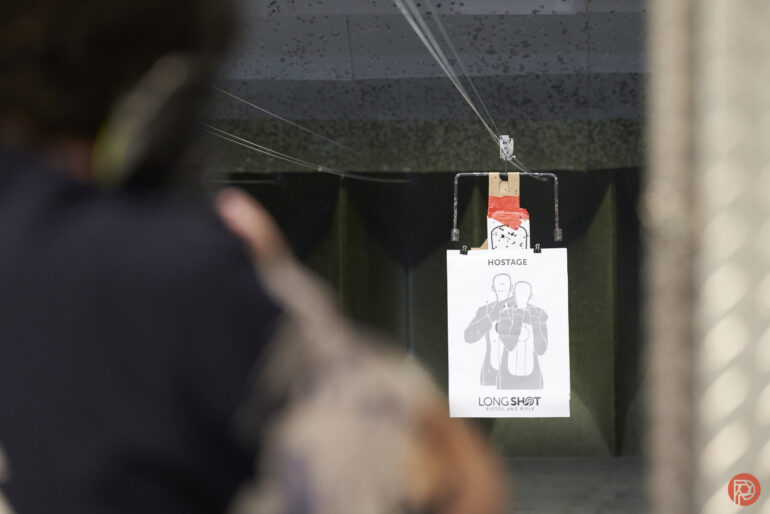
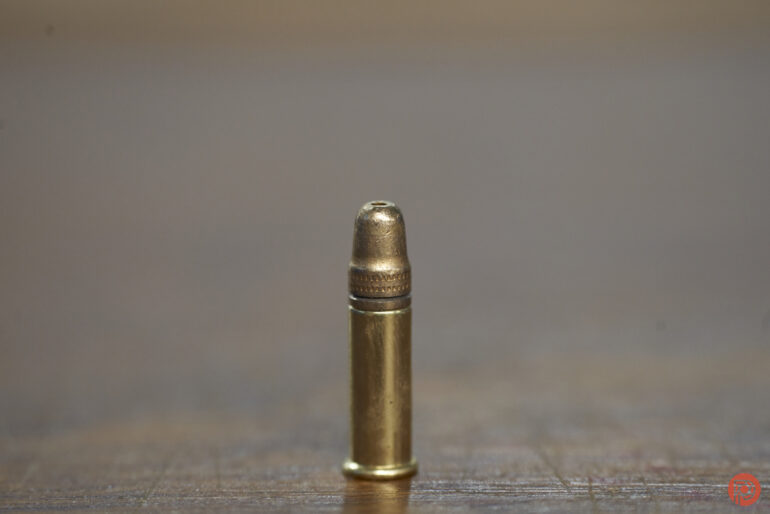
Edited


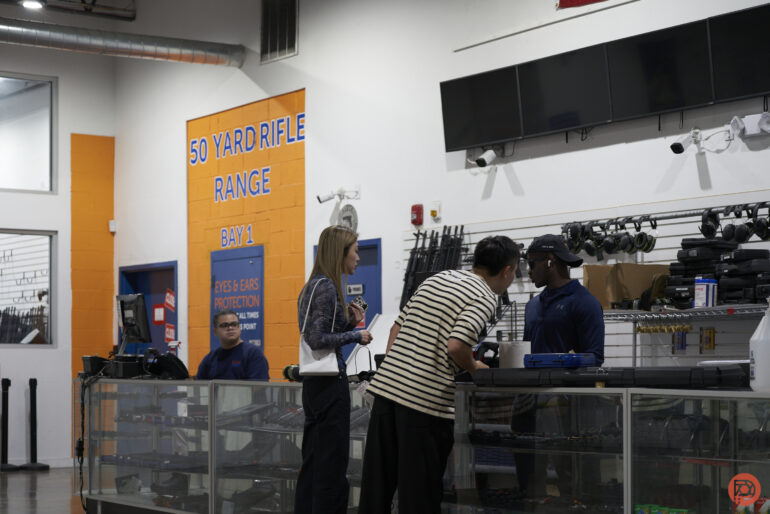
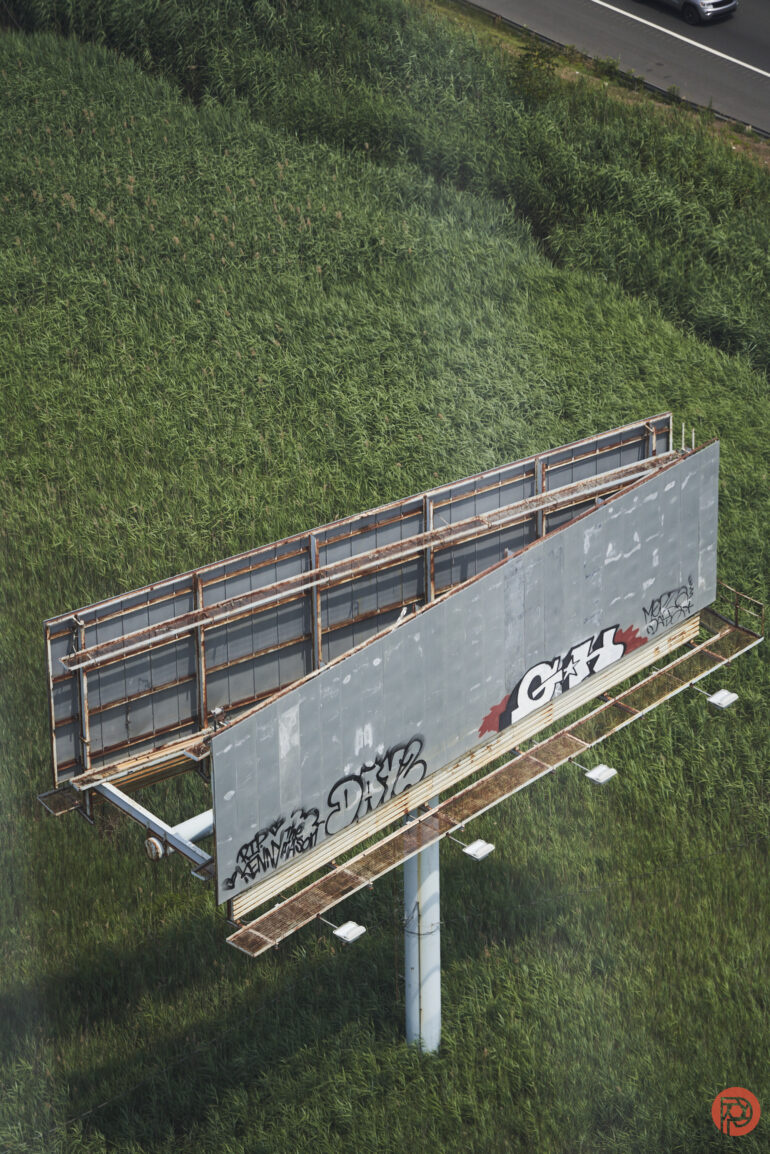
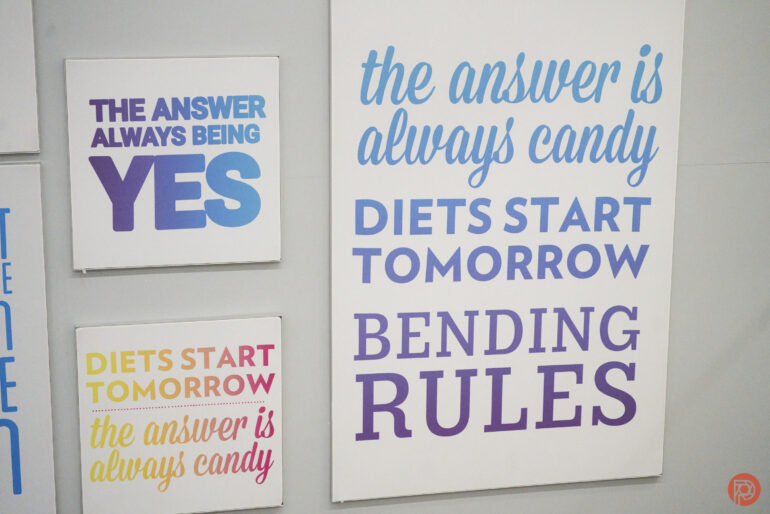

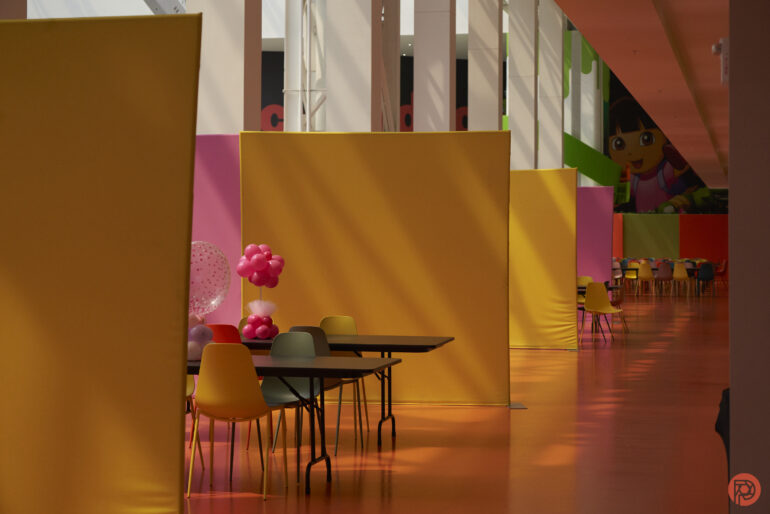
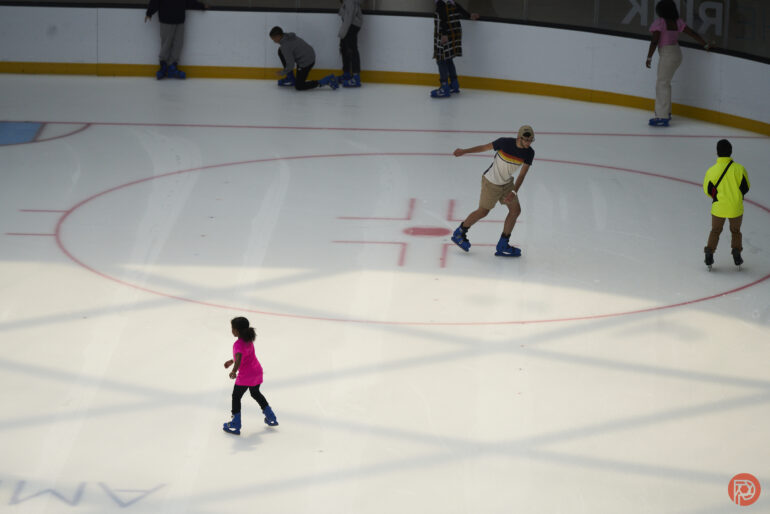
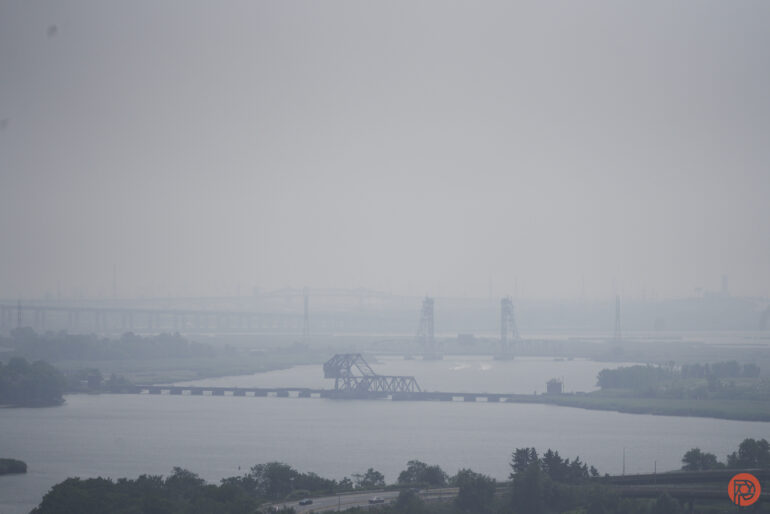




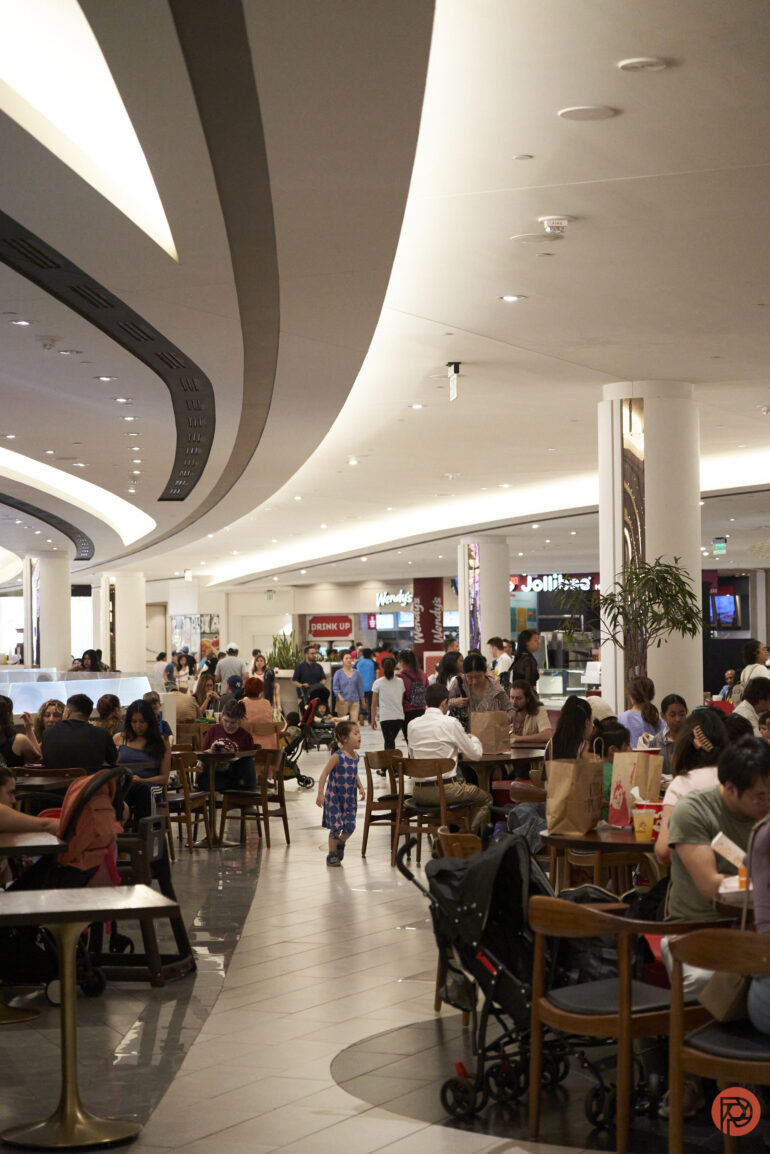


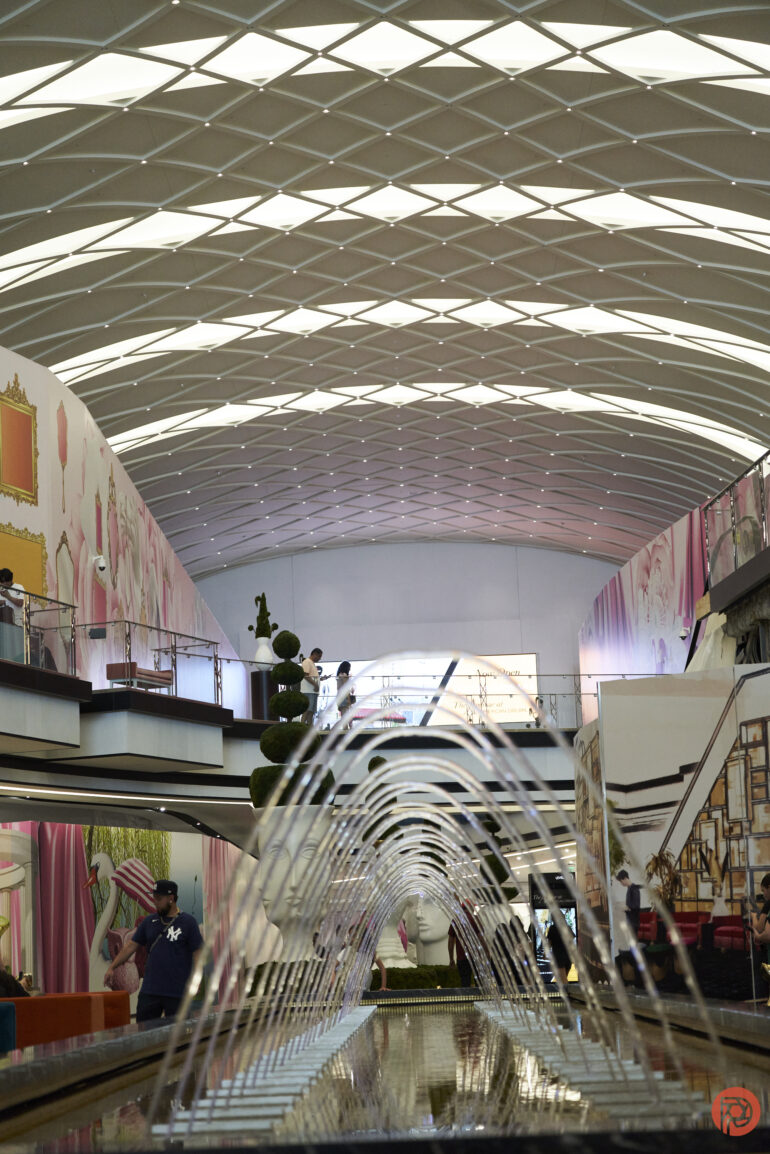
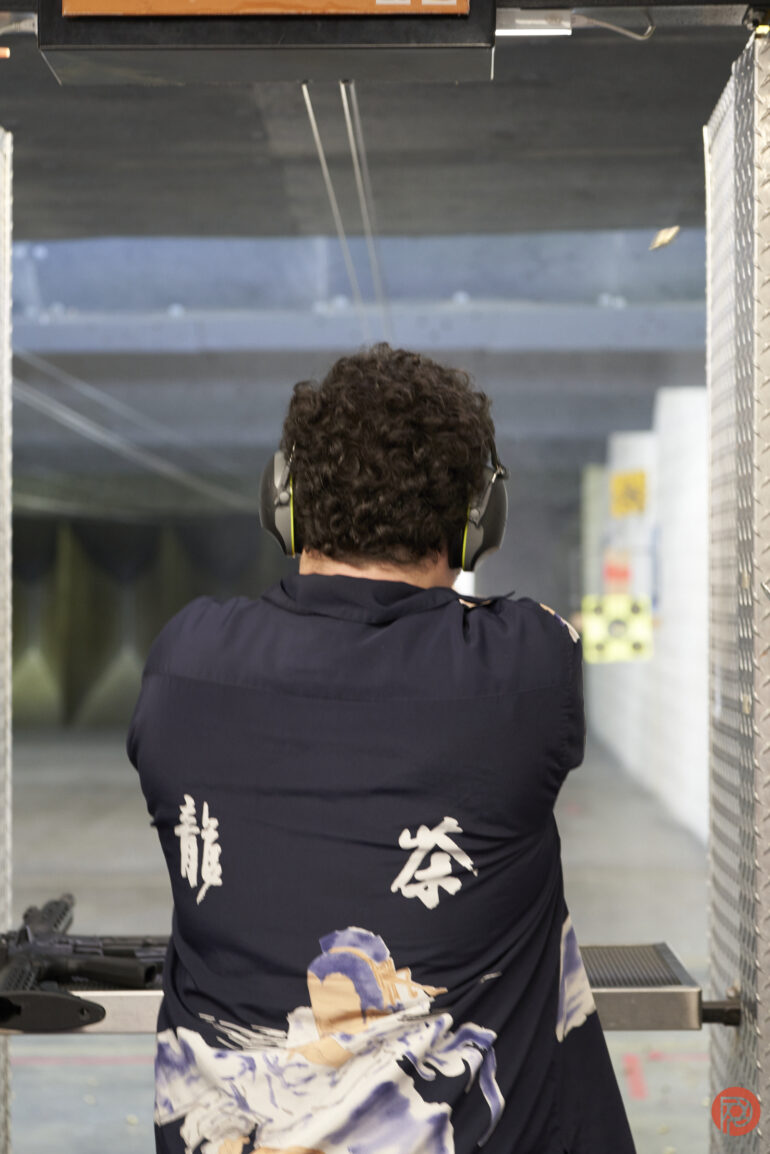
Who Should Buy It?
The Sony 70-200mm f4 II belongs in the hands of any photographer that shoots daytime events or does travel work and wants to keep things small and lightweight. Some photographers would say that f4 is too slow. But by those standards, I also find f2.8 to be way too slow for event work. If you really care about shooting events and such in low light, then just go for prime lenses. On my L mount bodies, I tend to use a 28mm f2 on one body and either a 50mm f1.8 or 85mm f1.8 on the other camera body.
Tech Specs
- 28 oz which is almost as heavy as a liter of water
- 13 groups and 19 elements
- 1 AA (advanced aspherical element)
- 3 ED elements
- 1 aspherical element
- 9 aperture blades
- Minumum focusing of around 10.2 inches, and around 3 or so inches from the front element.
- 4 XD motors
- Weather resistance
C


